Gilchrist Hall (1963)
As the Iowa State Teachers College began to face the surging enrollment of the Baby Boom, officials could see that administrative facilities housed in Old Gilchrist Hall and in the Old Administration Building needed a new and expanded home. Old Gilchrist Hall was completed in 1882; the Old Administration Building was completed in 1896. Both buildings were in deteriorating condition, and their layouts did not lend themselves well to modern office design.
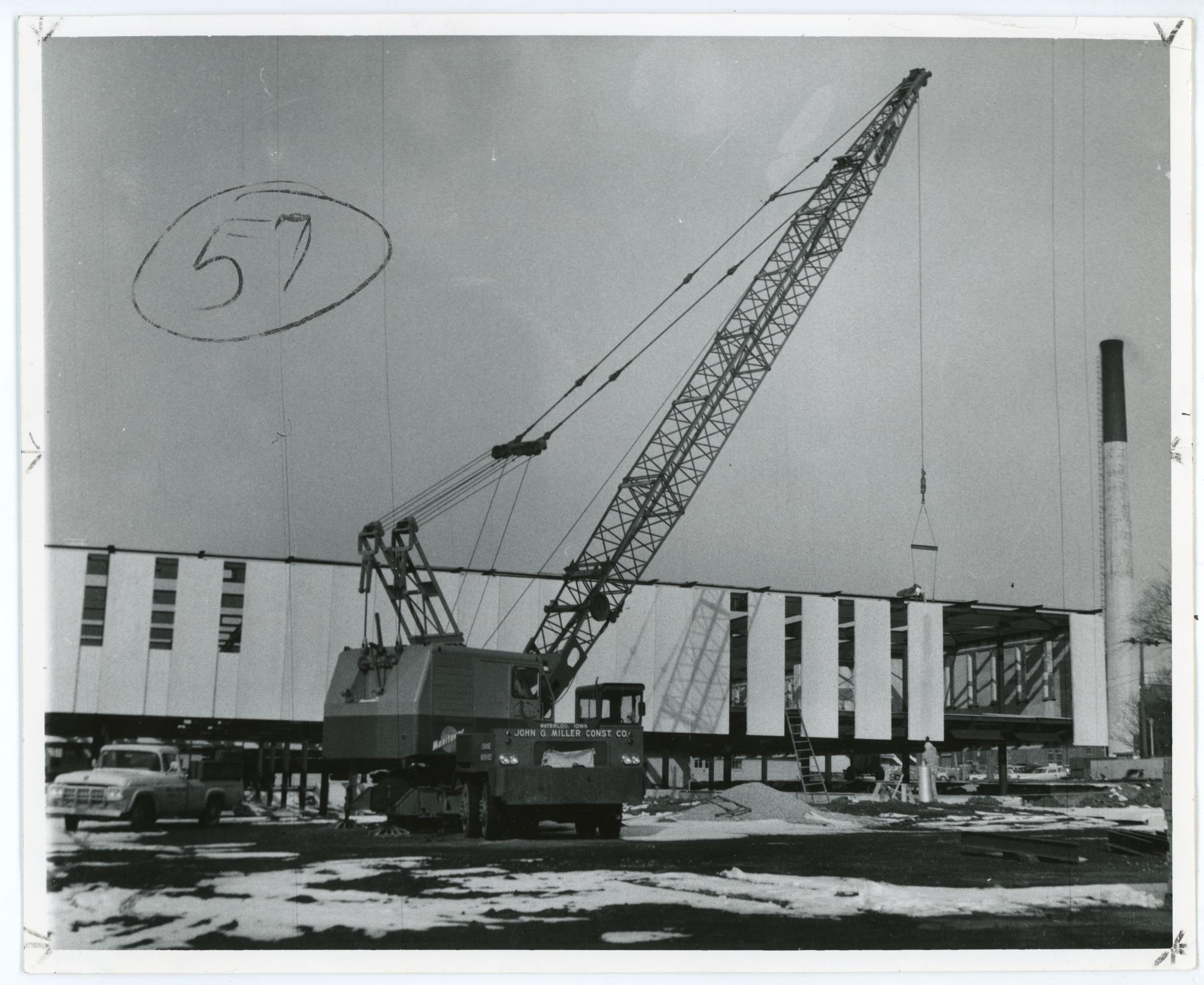
In 1961, the Iowa General Assembly approved the construction of a new administration building with a budget of $720,000. The building would be known by the simple functional name, Administration Building. In March 1962 the Board of Regents awarded the architectural contract for the building to Altfillisch, Olson, Gray, and Thompson of Decorah. The Regents approved the architectural plans in October 1962 and also increased the project budget to $750,000. Marshall Beard, planning administrator for the school, hoped that bids could be taken by April 1963 and that the building could be completed by summer 1964. Professor Beard said that the new building would feature modular design that would allow for easy expansion of the facility. The 40,000 square foot building would include the Business Office, Student Personnel, and the Registrar, as well as offices for the President, the Dean of Instruction, and members of the faculty. The site would be south of 27th Street, and west of the Arts and Industries Building, now known as Latham Hall.
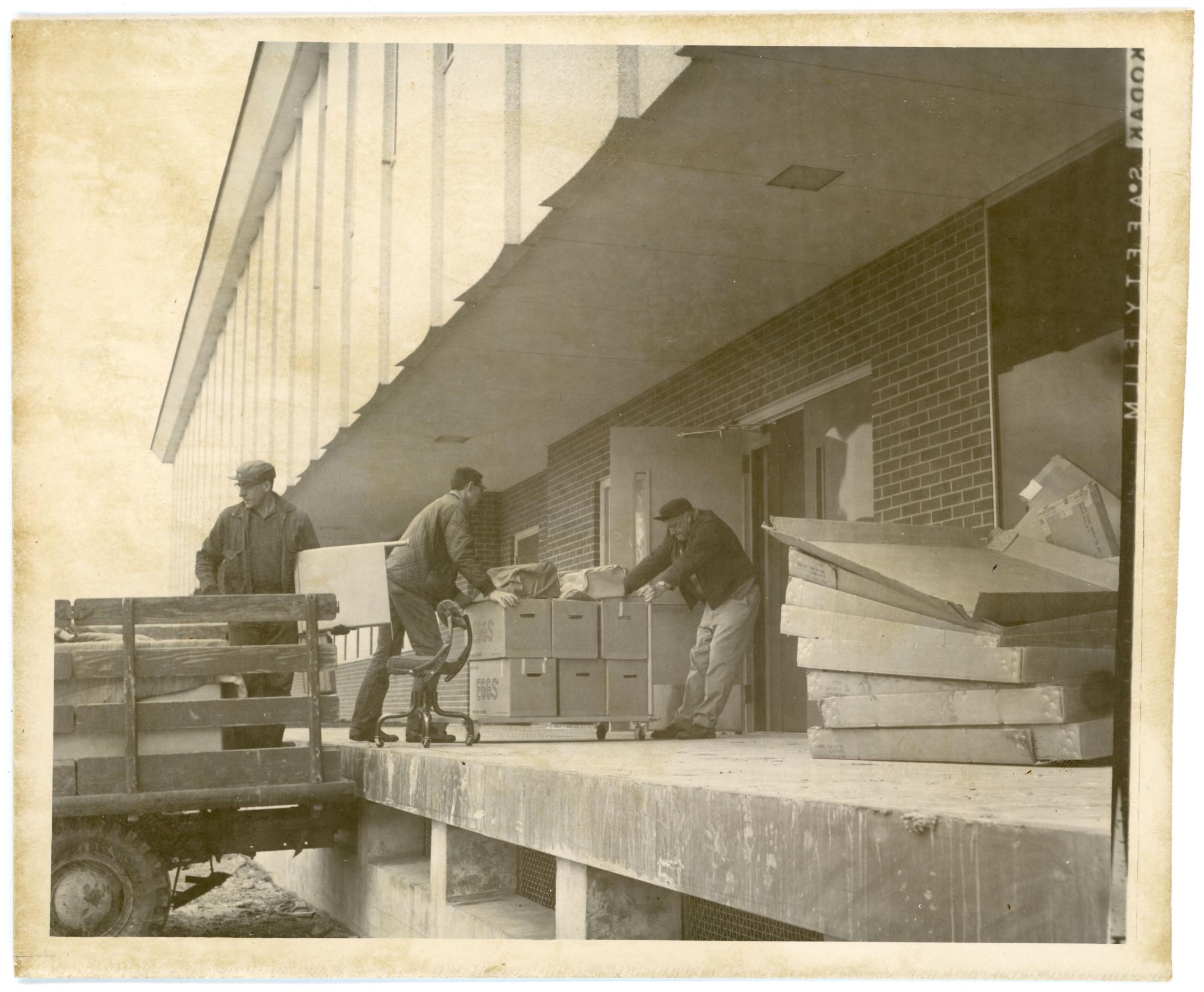
The new modular design, with no windows on the east and west sides, caused some delays. First, the State Fire Marshall required an additional stairwell. And second, designing moveable partitions proved to be a bit harder than was originally anticipated. Professor Beard reported that the modifications would delay bids for at least a month. Bids were finally let in October 1963, with construction getting underway shortly thereafter. The project budget had been increased to $860,000 with a tentative completion date set for December 1964. The design called for a 120 foot square building, with the second level extending eight feet beyond the first level on all sides.

Mild fall and early winter weather allowed for good construction progress. By January 1964, foundations and some structural walls were in place. Professor Beard again emphasized the versatility of the building design; he stated that an additional level could be added to the building and that the existing levels could be expanded. A new steam tunnel was run to the new building. On November 18, 1964, a 1401 IBM computer was maneuvered into place in the new building, and was put into operation in December. Staff were scheduled to follow, but a strike by electricians and the late arrival of equipment delayed the start of the move until March 8, 1965, when the Registrar's Office began to shift its equipment and records.
By March 26, the Registrar, Data Processing, and the Business Office had transferred their operations to the new building. By April 9, 1965, all offices, except College Relations, were in the new building. College Relations, the campus public relations office, remained behind until photographic equipment could be set up in their new location. That office completed its move on May 7, 1965.
In the initial layout of the building, the first level included facilities for College Relations, the President, the Dean of Instruction, the Dean of Students, the Coordinator of Counseling, the Extension Service, and Alumni and Public School Relations. The second level included the Business Office, the Registrar's Office, and the Data Processing Center. There was also a basement, below the first level, used for storage.
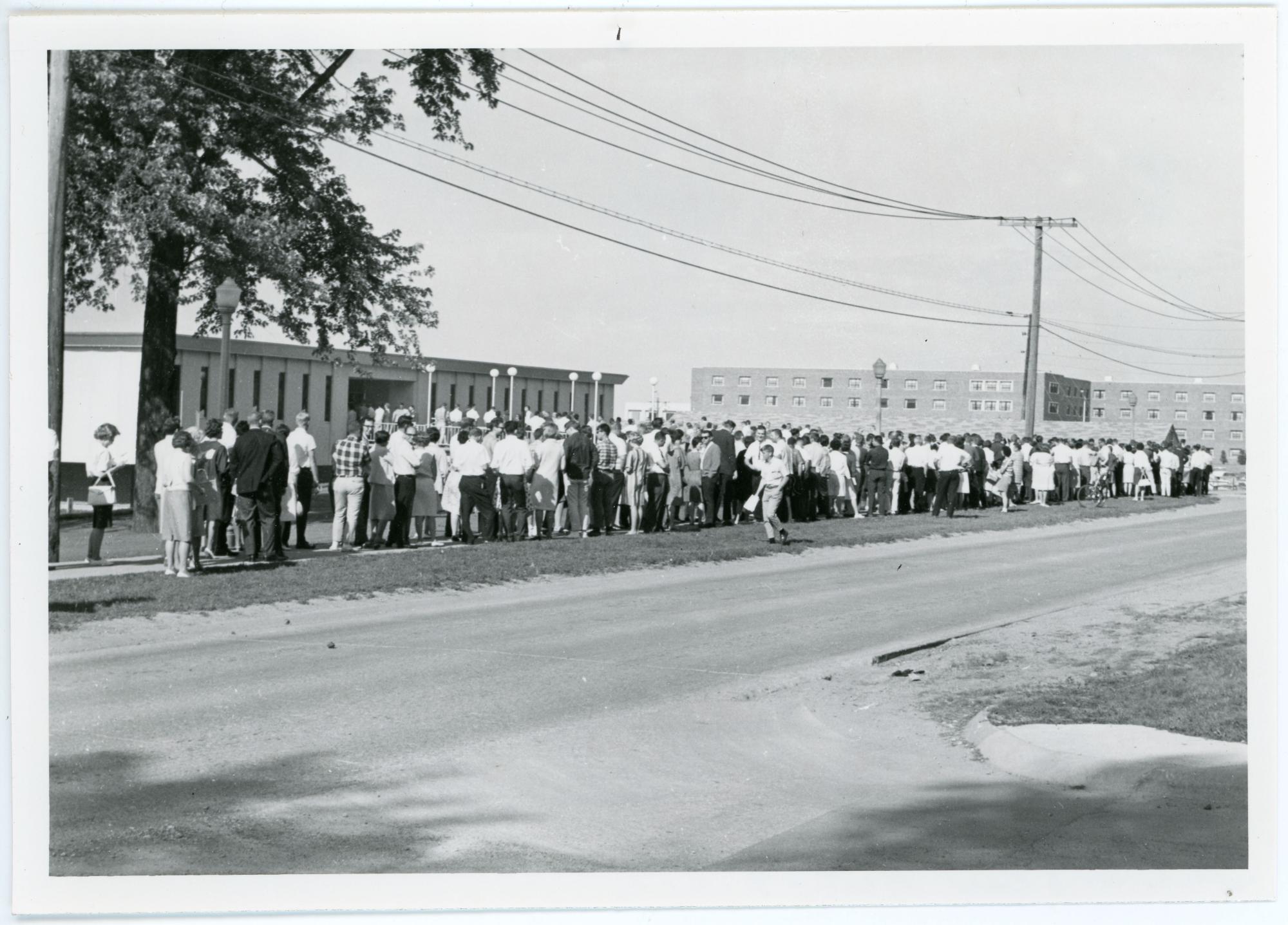
Already at its June 1965 meeting, the Board of Regents authorized planning for an additional level for the Administration Building. Just one month later, Central Hall burned, resulting in a significant loss of office and classroom space. In September 1965 the Regents authorized negotiations with Altfillisch, Olson, Gray, and Thompson for an addition to the Administration Building.
The campus held an open house for a number of its new buildings, including the Library, Hagemann Hall, the Regents Dining Center, and the Administration Building, on October 10, 1965. President Maucker said, "We're quite proud of all of the new buildings at SCI and we're anxious to have folks in Waterloo and Cedar Falls visit us and get acquainted with the services these buildings provide."
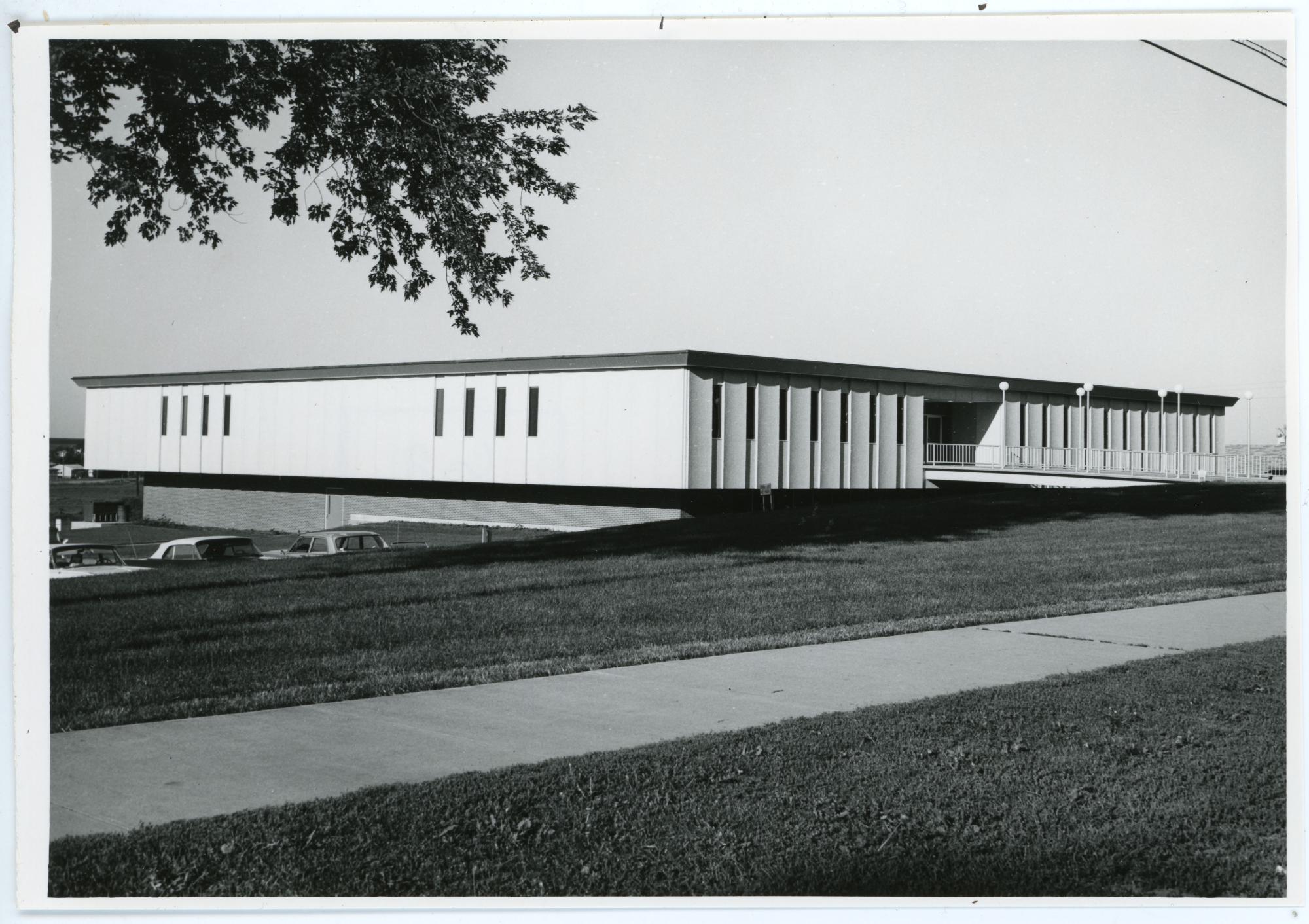
In December 1965, the Regents approved planning for a 23,800 square foot addition to the east side and on top of the newly-completed Administration Building. The preliminary budget was $631,000. Funding would come from reimbursement from the Central Hall fire and from appropriations. Initially the new space was planned for faculty offices that had been lost in the fire. By June 1966, plans had been modified: the east side addition would be larger and the new third level was eliminated. President Maucker cited rising construction costs as the reason for the change. The offices of the President and the Dean of Instruction, as well as the Board Room, would move to the second level. The addition would provide space for freshman English classrooms and instructors' offices. The Regents approved the $631,000 budget for the project, estimated at 27,504 square feet, in September 1966. In October, in an open forum with students, President Maucker described the building of the Administration Building as "a tale of woe", with too little money leading to a smaller space than was really needed.
The Regents approved contracts for the Administration Building addition in April 1967, and construction began in May. Delays arose in February 1968 when truck drivers refused to cross picket lines set up by campus Physical Plant workers.

But campus architect Robert Porter hoped that the addition would be completed by May, with classrooms ready for students by June. The building addition was not completed for the beginning of summer classes in 1968, so, for a time, English classes were shifted to any available space scattered around campus, including Price Laboratory School. Following completion of the addition, classes were held in the Administration Building until 1973. Since that time, the building has been used exclusively for administrative purposes.

The Administration Building held its functional name for the first ten years of its existence. But in October 1975, the Regents approved a name change to Gilchrist Hall, in honor of James Cleland Gilchrist, the first chief executive of the school.
The naming came about for two substantial reasons. First, it has been the policy at UNI to name a facility for each of its former presidents. After the fire which burned Old Gilchrist Hall in 1972, there was no facility named for Principal Gilchrist. And, second, the naming eliminated the confusion of having an Old Administration Building and a New Administration Building on campus simultaneously. At the dedication ceremony on December 11, 1975, Professor William C. Lang characterized Principal Gilchrist as an "enthusiastic, bold, defiant, and impulsive man who sought too much for the school with the resources available".
Gilchrist Hall was the site of a student protest in early 1976. Project Are You Listening?, as the organizers called it, supported 24-hour visitation in the residence halls. They initially blocked several Gilchrist Hall entrances with snow and later "sat-in" in the building's restrooms.
In summer 1976, Career Planning and Placement moved into Gilchrist Hall. At about that same time, the Graduate College Office moved out of Gilchrist Hall and into Latham Hall. Late in 1977, Advising, Orientation, and Examination Services moved into Gilchrist Hall. In 1980, as a result of the "energy crisis", Gilchrist Hall was one of seven buildings on campus to undergo remodeling to improve energy efficiency. In early 1982 the Regents approved a $45,000 project to provide emergency power for essential services in Gilchrist Hall. At about that same time the building also received a new roof. Early in 1983 the Regents approved a $700,000 project to renovate the heating, ventilating, and air conditioning system in the building.

When President Curris took office in 1983, he began a series of renovations, both within Gilchrist Hall and on the campus as a whole, that he believed would improve efficiency and enhance UNI's image. In 1984 Leland Thomson, Director of Facilities Planning, announced a major shuffle of office space in Gilchrist Hall. The most important changes included moving the Scheduling Office into part of the Registrar's Office, and re-arranging space in the President's Office. In the fall of 1985, remodeling of the Board Room began. In the $42,000 project, asbestos was removed or stabilized and the room was completely redecorated. In 1987, the Financial Aid Office was moved closer to the Admissions Office. Phil Patton, acting head of Financial Aid, said, "The idea is to centralize some functions, much akin to the moving of some of the Division of Student Services to Bartlett."
On July 31, 1987, there was a small electrical fire in Gilchrist Hall. Campus officials stated that no one was injured and little damage was done. But a number of staff members stated in a letter to the Northern Iowan that the fire caused a major disruption and inconvenience for both staff and visitors for a number of days after the fire. They also cited several concerns over safety systems and procedures. Late in September 1987 the Iowa Division of Labor Services alleged that there had been unsafe asbestos handling procedures during the renovation of Gilchrist Hall and fined the university $2880. Leland Thomson said that UNI would appeal the fine. Ultimately, UNI agreed to pay $1250, citing its unwitting violation of changed asbestos handling regulations. The overall renovation of the lower level of Gilchrist Hall was completed in August 1988.
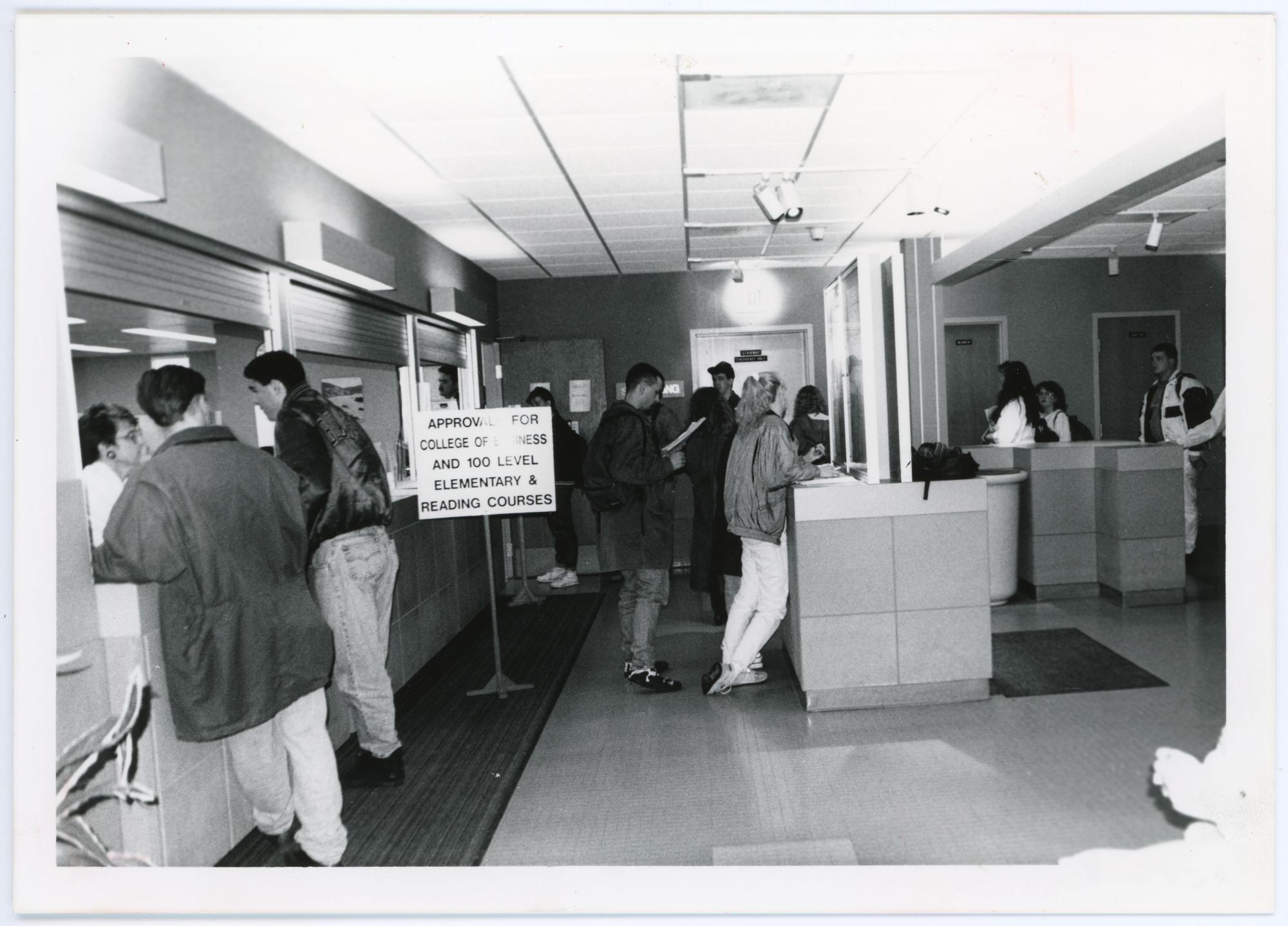
In August 1987, the area around the west door of Gilchrist Hall was landscaped to make it appear more inviting. In October 1987 the university removed the final portions of old 27th Street, just north of Gilchrist Hall. This bit of pavement was the remainder of the road that once passed directly through campus from east to west.
In 1990 the offices of the Provost and the Vice President for Administration and Finance were remodeled. In 1992 Gilchrist Hall became one of the first campus buildings to go completely "smoke-free", with smoking prohibited throughout the building. In 1994 the area of the Scheduling Office and the Registrar's Office was remodeled. In the summer of 1995 the pedestrian bridge north of the building was repaired. Gilchrist Hall also received a new electrical transformation station.
In January 2002, as part of a long term "Integrated Student Services Center" plan that would concentrate a variety of student services in Gilchrist Hall, the offices of President Robert Koob and Provost Aaron Podolefsky moved to Seerley Hall. The office of Vice President for Student Services Renee Romano moved into Gilchrist Hall. Vice President Romano stated her hope that, if resources permitted offices to move into Gilchrist Hall, students would be able to find most of the services that they needed under one roof. Much of that work was accomplished during an extensive remodeling project that was completed in 2004.
The new Student Services Center on the second level of Gilchrist Hall opened on August 18, 2004. It was named in honor of former Vice President for Educational and Student Services Sue Follon.
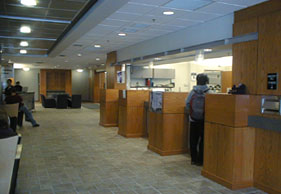
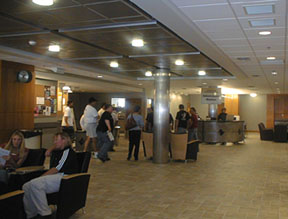
The renovated building was in operation for just over a year when arsonists set fire to contents of a room on the lower level of the north side. This was one of three arson fires set over the 2005 Homecoming weekend. Initial assessments of fire damage indicated that the building would be closed for just a short time for clean up. Services located in Gilchrist Hall moved temporarily to other buildings on campus. However, closer inspection of the damage, conducted over a long period of time, revealed that smoke and soot had spread throughout the ductwork and the building. In addition, the asbestos containment system, which had been effective in binding asbestos in place during the fire, was now covered with soot and could not be cleaned. The asbestos would need to be removed.
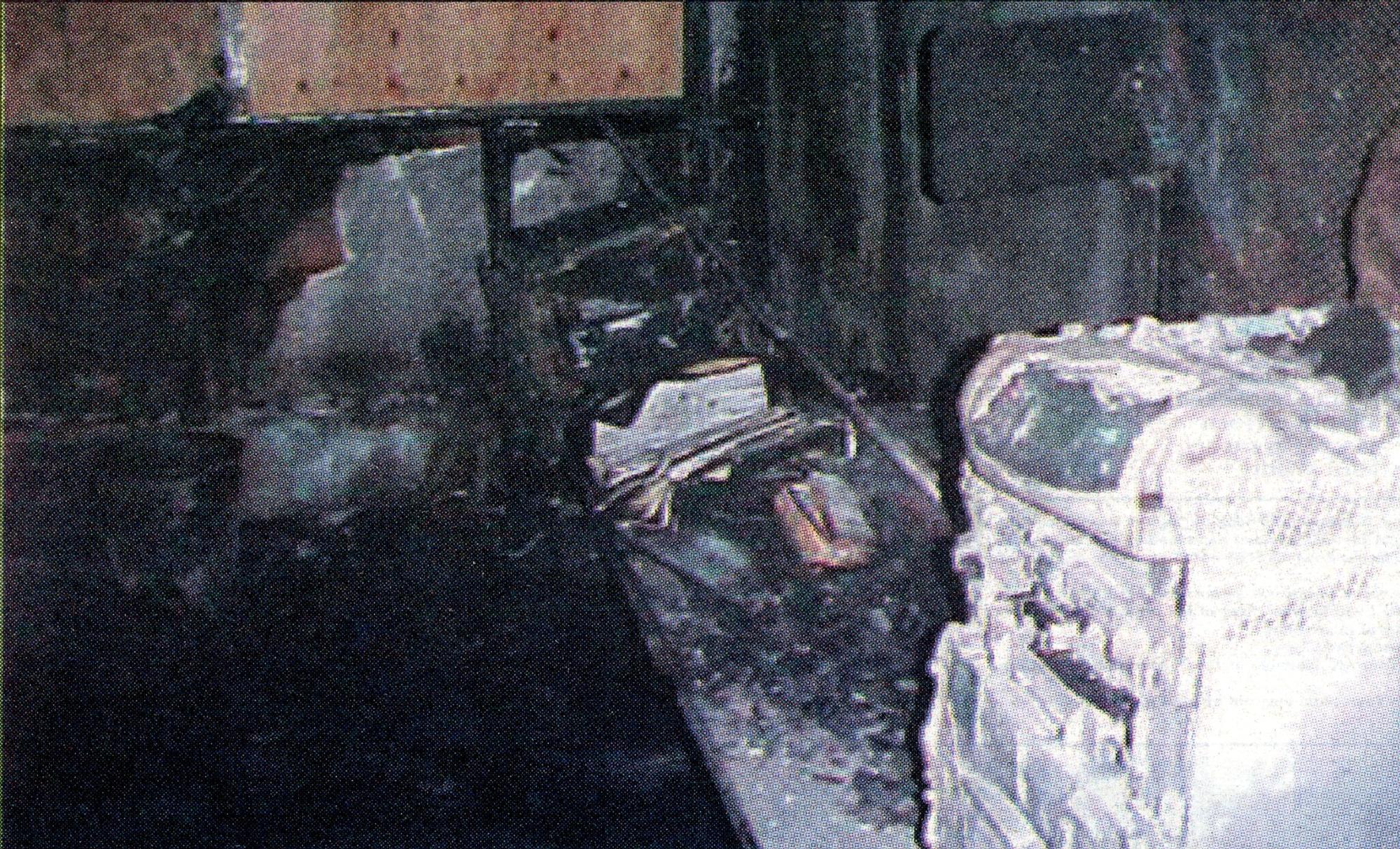
By March 2006, the estimate to restore Gilchrist Hall reached $10.8 million. The General Assembly approved $2 million to cover the University's deductible portion of insurance coverage on the building. About $7.5 million would be spent on restoration and code updates, including asbestos removal and installation of a sprinkler system. $1.5 million would go toward equipment replacement. The rest of the money would be spent on clean-up, furniture replacement, and unanticipated expenses. Work on the restoration project was expected to last about a year.
On September 12, 2006, the Traveler's Insurance Company's engineering consultant, the UNI construction engineering consultant, and an independent cost consultant agreed upon the scope of the restoration and the estimated construction costs. Final settlement was expected by the week of October 2, 2006. But that did not happen. If it had, then schematic designs would have gone to the Board of Regents meeting in December 2006. If the Regents approved the designs, construction bid documents were to be issued in January 2007. Asbestos abatement would be completed by June 2007, with general construction to follow. The project was scheduled for completion in January 2008.
Negotiations continued. In November 2006, the Regents approved a settlement of $1.35 million for the removal of asbestos from Gilchrist Hall. Pending acceptable bids, the asbestos work could begin in February 2007 and take at least three months. Vice President Tom Schellhardt stated that the university and Travelers' Insurance Company were close to a settlement on the reconstruction project. He still hoped that that work could begin in June 2007 and be completed in January 2008.
On December 21, 2006, the university reached a settlement with the insurance company. At that time, the total estimated claim was as follows:
- $7,030,150 Building restoration (code updates included)
- $1,350,000 Equipment replacement
- $1,000,000 Extra expense coverage (estimate)
- $225,455 Furniture replacement in immediate area of fire
- $100,000 Miscellaneous/unknown items (estimate)
- $500,000 Fire clean-up (estimate)
- $10,205,605 Total potential claim (estimate)
Negotiations for the settlement had been a long, tedious process. In a 2008 article in the Waterloo Courier, Steve Pavelec, a Facilities Planning staff member, said that the Facilities Planning staff had had to convince the insurance company that the damage was serious and extensive.
On January 22, 2007, four men were arrested in connection with the fire. Two men were charged with three counts of first-degree arson and one count of second-degree arson. The other two men were charged with perjury. Eventually, the two men charged with arson pled guilty to three counts of second-degree arson. They were sentenced to three consecutive ten-year prison terms and ordered to pay $2 million in restitution. One of the men charged with perjury entered an Alford plea and received a deferred sentence. He was placed on self-probation for one year and was fined $315.
Even with the settlement in hand, work was slow to get underway. On March 13, 2007, the Board of Regents approved the schematic design, project description, and budget for Phase II of the Gilchrist Hall restoration project. The Phase II budget was $5,721,605. Bids for the work were to be let in July 2007 with a project completion date of June 2008. The project would keep the Follon Student Services Center, Business Operations, Public Safety, Human Resource Services, and Compliance and Equity in Gilchrist Hall. In addition, International Programs, Disability Services, and Vocational Rehabilitation would move into Gilchrist Hall after its renovation. To make room for these additions, the Office of the Vice President for Administration and Finance, Information Technology Services, and Financial Accounting and Reporting Services would move to other locations.
By the summer of 2008, the work was nearing completion. Gilchrist Hall was approaching the time when its former occupants could move back in after providing services for two and a half years in facilities scattered across campus. Students would once again be able to find many services available under one roof in the Follon Student Services Center. During the second week in July, Public Safety, International Relations, Human Resources, and Admissions moved into Gilchrist Hall. The building opened to the public on July 16. The offices for Compliance and Equity, the Registrar, Financial Aid, and Academic Advising moved in over the next few weeks. Bu the end of August 2008, the move was essentially complete. Most of the offices returned to quarters that were comparable to their pre-fire situations. However, the restored Public Safety quarters were enlarged and made more secure during the reconstruction process.
Four (Maucker, Kamerick, Curris, and Koob) of UNI's nine presidents had offices in "new" Gilchrist Hall.
Originally compiled by Library Assistant Susan Witthoft; edited by University Archivist Gerald L. Peterson, July 1996; substantially revised by Gerald L. Peterson, with research assistance by Jordan Ockerman and scanning by Library Assistant Gail Briddle, March 2003; last updated September 28, 2011; photos and citations updated by Graduate Assistant Eliza Mussmann, September 8, 2022.
